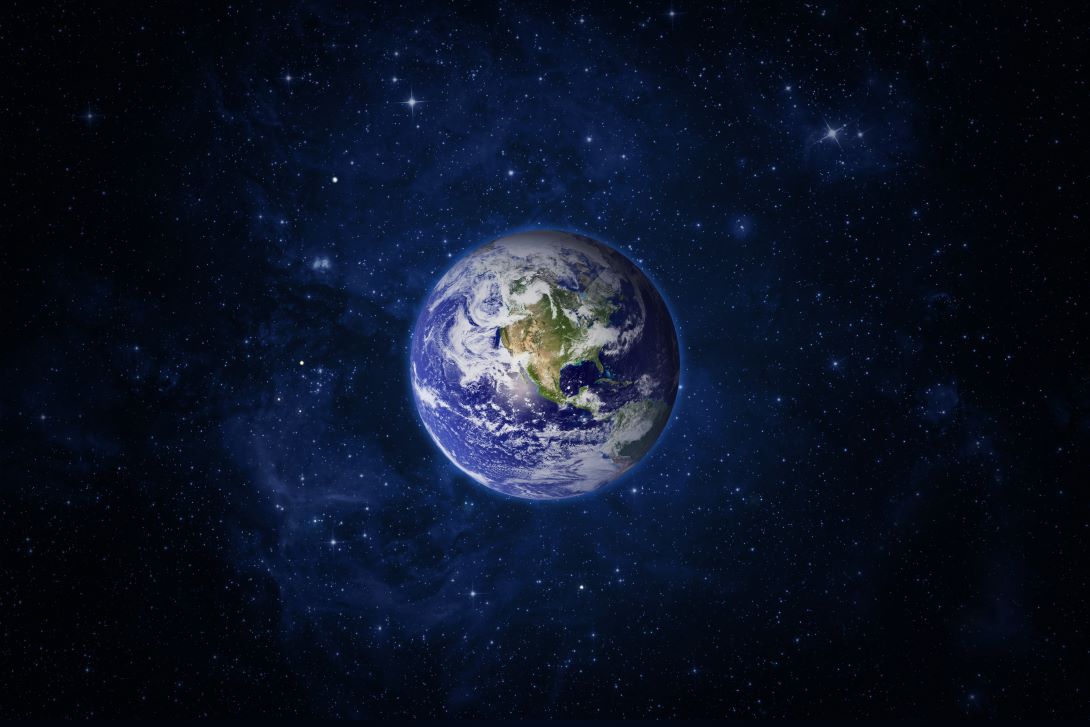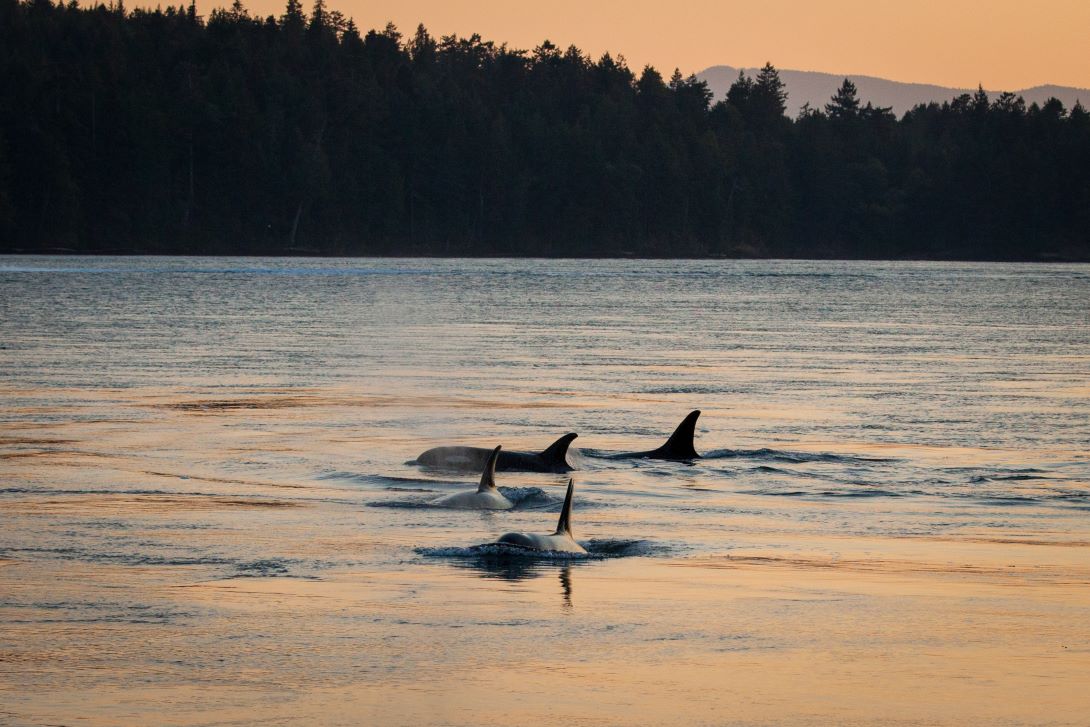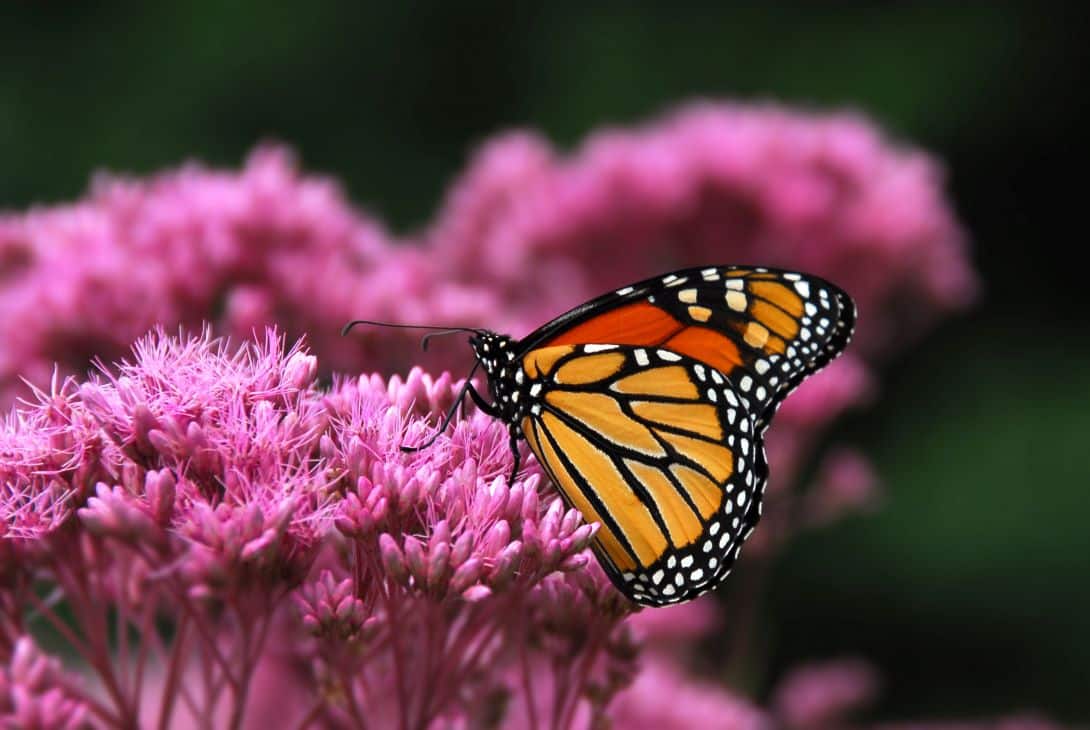How you can be part of the Biggest Hour for Earth
Something special is about to happen this Saturday, March 22, as people in over 180 countries and territories unite to create the Biggest Hour for Earth — and you can be part of it!

Earth Hour, organized by WWF since 2007, is an annual moment that brings the world together, shines a spotlight on nature loss and the climate crisis, and inspires millions to act and advocate for urgent change. Last year, participants around the world gave more than 1.4 million hours (!) for our shared home.
This year, we’re once again calling on individuals, communities and businesses to spend 60 minutes doing something positive for our planet on March 22.

Not sure how you’ll give your hour? Here are some ideas:
- Speak up for endangered Southern Resident killer whales. There are only 73 of these whales left and they face imminent threats to their survival. Click here to send a letter urging the federal government to put stronger protections in place before it’s too late.
- Make an action plan for creating wildlife habitat at home. Sign up for a free re:grow account to learn how you can help support bees, birds and other wildlife by growing native plants. Habitats can grow anywhere — including your yard, patio, balcony, or community garden.
- Register for the WWF Climb for Nature. This year, you can reach new heights for yourself and wildlife by climbing steps in Toronto (April 5–6), Vancouver (May 10) or anywhere in Canada (April–June). The funds your raise will support efforts to recover wildlife, conserve nature and fight climate change.
- Stay current on conservation. Sign up for WWF-Canada’s Fieldnotes newsletter and follow our social media accounts @wwfcanada to receive the latest updates and help spread the word.

Earth Hour may have started as a symbolic lights-off moment but, over time, it has grown into a movement that invites us to take action in diverse, meaningful ways — and the urgency has only increased. Last year was the hottest on record, and, according to WWF’s Living Planet Report 2024, the average size of monitored wildlife populations globally has declined by 73 per cent in just 50 years.
“Earth Hour is a reminder that caring people acting together can help change the world,” says Megan Leslie, WWF-Canada’s president and CEO. “The rapid changes happening around us can lead us to feel powerless. But each of us can play a role in protecting biodiversity and fighting climate change, in Canada and around the globe. It can start with taking action for just one hour — and then keep going!”
So, can we count you in? Join us this Saturday and help create the Biggest Hour for Earth!

